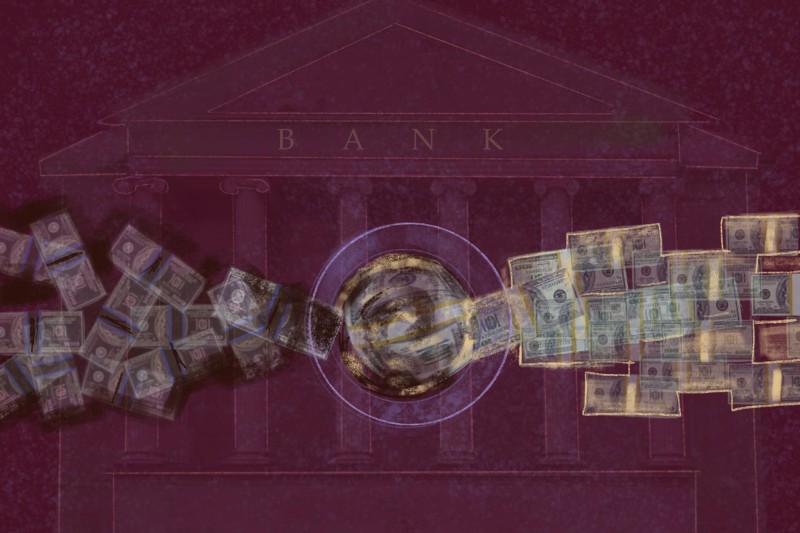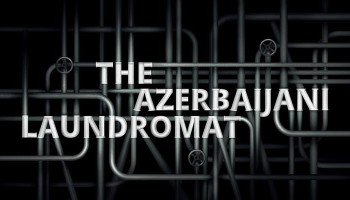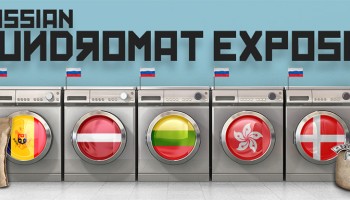‘Laundromats,’ Explained: How Shell Companies Are Used to Launder Money

The Troika Laundromat
The most recently-revealed Laundromat project exposes not only the beneficiaries of this multi-billion-dollar operation, but also its mastermind and operator — Troika Dialog, once Russia’s largest private investment bank.
The Azerbaijani Laundromat
Even as the Azerbaijani government arrested activists and journalists wholesale, members of the country’s ruling elite were using this secret slush fund to pay off European politicians, buy luxury goods, launder money, and otherwise benefit themselves.
The Russian Laundromat Exposed
In two separate investigations, OCCRP revealed how more than $20 billion was secretly taken out of Russia through a clever exploitation of the Moldovan legal system.
The Proxy Platform
The first major offshore company network discovered by OCCRP. Many of the schemes and companies first identified here would later appear in other Laundromats.



